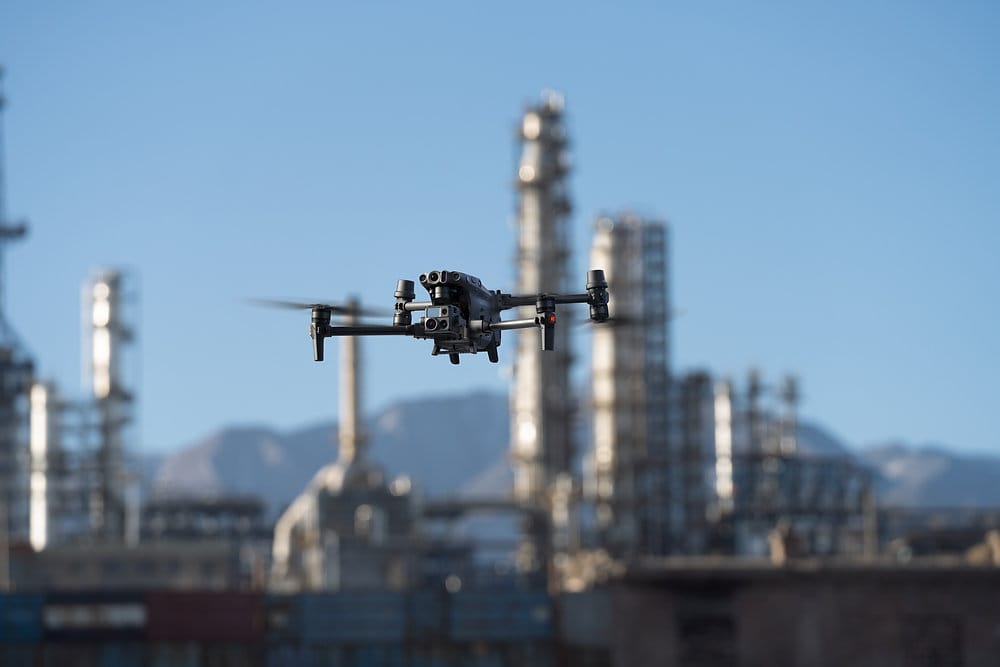
Top 10 Thermal Oil & Gas Drones for Inspections in Saudi Arabia
Drones are now an essential tool in the Saudi oil and gas sector because they help companies inspect pipelines, refineries,
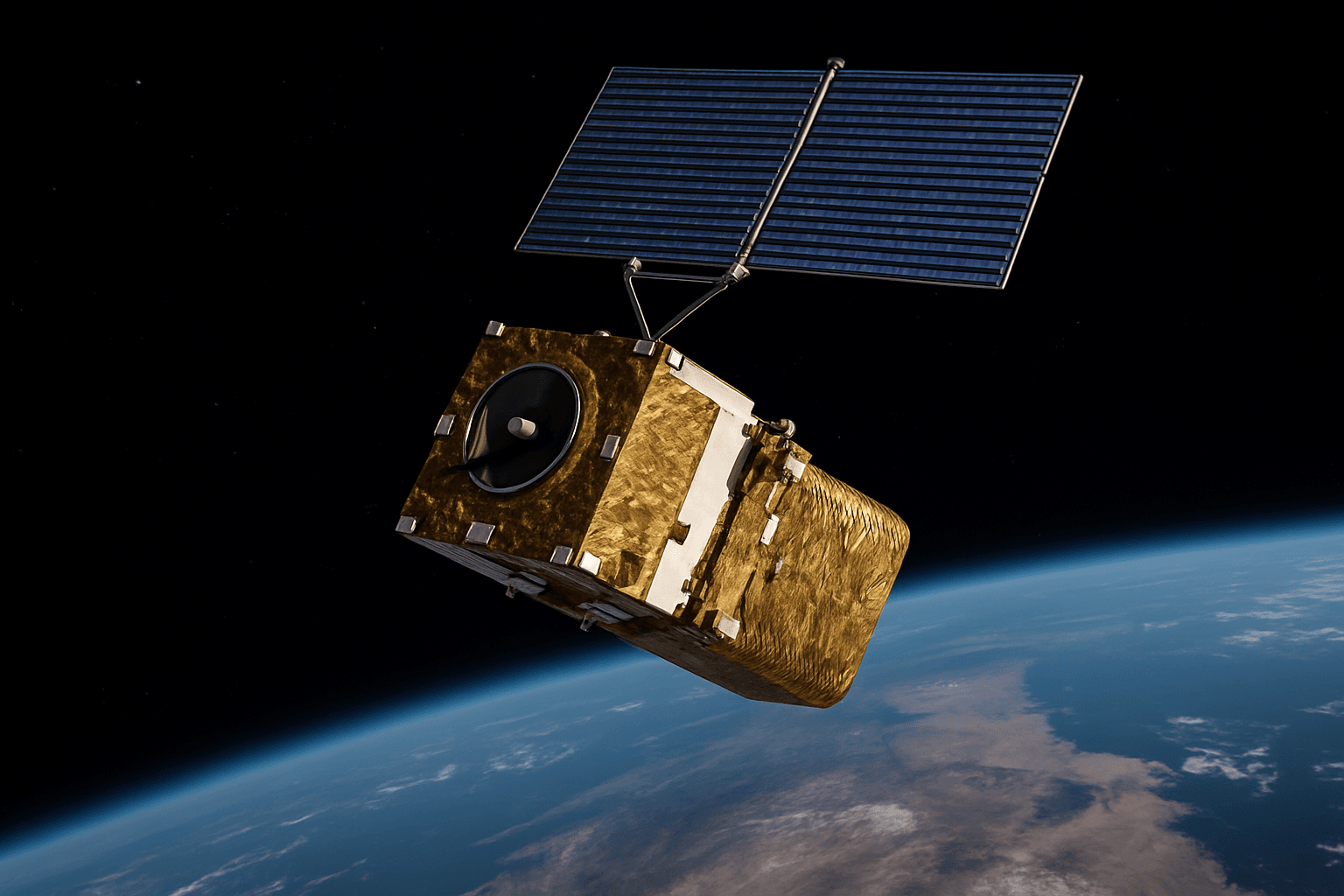
Satellites stay in orbit around Earth without falling because two forces — gravity and centrifugal force — work together in balance. Gravity pulls satellites toward Earth, while centrifugal force pushes them outward as they move in orbit. Satellites keep moving forward while being pulled inward, which keeps them circling the planet. This steady motion prevents them from crashing down or floating off into space. Satellites closer to Earth must travel faster to resist stronger gravity, while those farther away move more slowly. Some, like geostationary satellites, match Earth’s rotation, so they seem to hover over one spot. This motion explains how satellites maintain their orbit without falling.
Have you ever looked up at the night sky and asked yourself, “Do satellites move?” or “Why don’t satellites fall out of the space?” These are some of the most common questions people ask when they start thinking about space, satellites, and how things stay up there without falling back down. It’s a topic that sounds complicated, but once you understand the basics, it all starts to make sense.
At XRTech Group, we believe that science should be easy for everyone to understand — especially when it comes to space and technology. In this article, we’ll explore exactly how satellites move, what keeps them from falling, and why they stay in orbit. You’ll learn about the forces at play, the science behind satellite motion, and the amazing balance that lets satellites stay up in space, floating and working 24/7.
So, if you’ve ever wondered, “Do satellites move?” or “Why don’t satellites fall out of the sky?” — get ready to find out in the clearest and simplest way possible. Let’s break it down step by step!
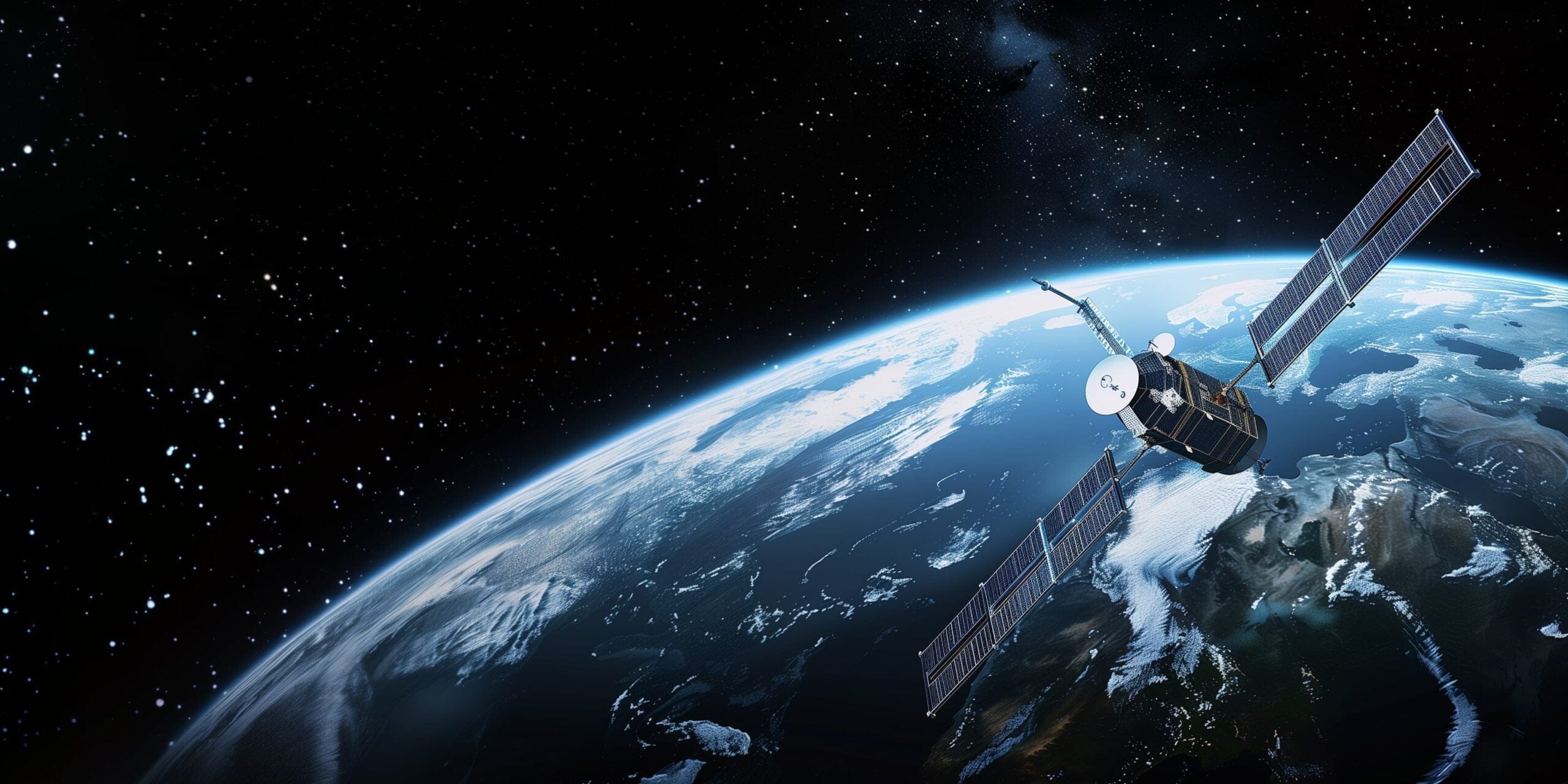
Yes, satellites do move, and they never stop moving. In fact, satellites are always in motion. When launched, satellites are sent into orbit with incredible speed. This speed is not random. It’s calculated with precision to create a perfect balance between two powerful forces: the satellite’s momentum (forward motion) and Earth’s gravity (pulling it inward).
The reason this balance works so well is because the satellite is moving fast enough that as it “falls” toward Earth due to gravity, it also moves forward at the same time — so it keeps missing the planet. That’s what creates an orbit.
Even though it might seem like some satellites, like your TV satellite dish, are not moving, they are — just in a way that makes them appear still from Earth.
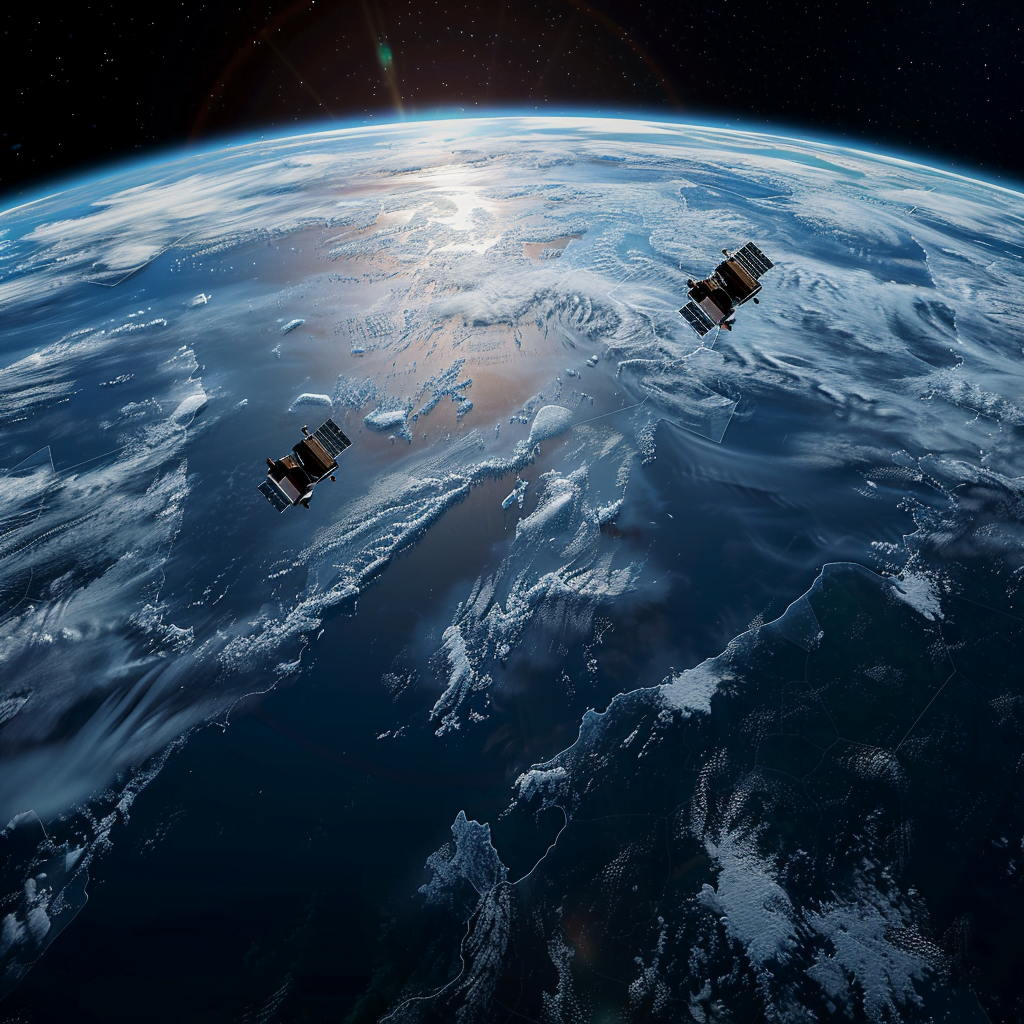
To clear this up, let’s be direct — satellites are not stationary in space unless they’re in a special type of orbit called geostationary orbit. Even in this case, they’re still moving at tremendous speeds. They only appear stationary to people on the ground because they move at the same rate Earth spins.
So, to answer both questions: Do satellites move? Yes. Are satellites stationary? Only geostationary satellites appear to be — but they are still moving fast.
Satellites in low-Earth orbit can travel at over 28,000 kilometers per hour (17,500 mph). That’s how fast they need to go to keep circling the Earth instead of falling back into the atmosphere.
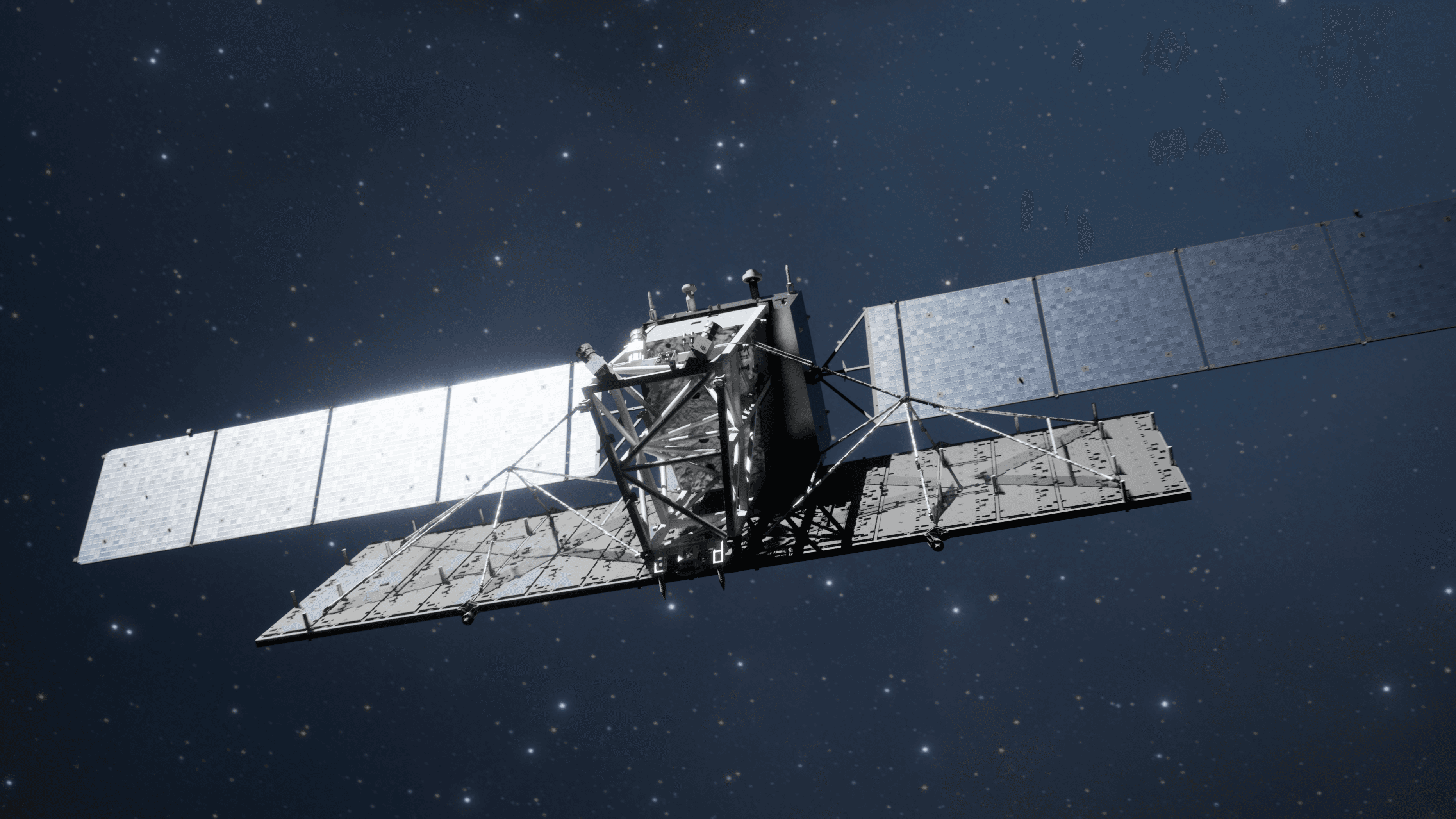
It’s all about a perfect tug-of-war between speed and gravity. Earth’s gravity is constantly pulling satellites downward, but satellites are moving forward so fast that they stay in a curved path around Earth — this curved path is the orbit.
The key here is that gravity doesn’t just pull things straight down; it pulls objects toward the center of mass. So when a satellite is launched with the correct velocity and direction, it “falls” around Earth instead of into it.
Here’s a simple way to imagine it:
Imagine tying a rock to a string and swinging it in a circle over your head. The rock doesn’t fly away or fall toward your hand because the tension in the string (like gravity) and its circular motion (like satellite speed) keep it going in a loop.

Satellites in orbit don’t all move at the same speed. Their speed depends on how far they are from Earth. The closer a satellite is to Earth, the faster it must travel to stay in orbit.
Let’s look at the three main types of orbits and how each one relates to satellite motion:
Altitude: 160 km to 2,000 km (100 to 1,200 miles)
Speed: About 28,000 km/h (17,500 mph)
Orbital time: Around 90 minutes per revolution
LEO satellites are the fastest movers. The International Space Station (ISS) is one of them, and it circles Earth about 16 times a day. Because of this speed, LEO is perfect for Earth observation, remote sensing, and quick data transfers.
Altitude: 2,000 km to 36,000 km (1,200 to 22,300 miles)
Speed: Slower than LEO but faster than GEO
Orbital time: Around 6 to 12 hours
Satellites in MEO include those used for navigation, like GPS satellites. This zone is a sweet spot between fast orbit and wider coverage.
Altitude: Exactly 35,786 km (22,236 miles)
Speed: Matches Earth’s rotation
Orbital time: 24 hours
These satellites orbit at the same rate that Earth spins. That means they stay over one fixed spot — ideal for satellite TV, communication, and weather observation. Even though they seem stationary, geostationary satellites move at 11,000 km/h (6,800 mph).
Let’s revisit the original question: Do satellites move? Yes. So how do they not just shoot off into deep space or fall to Earth?
The answer lies in Newton’s laws of motion and orbital mechanics:
Gravity constantly pulls the satellite toward Earth.
The satellite’s forward speed keeps it from falling.
The result is a curved path: an orbit.
If satellites moved slower than needed, they would fall into the atmosphere. If they moved faster, they could escape Earth’s gravity altogether.
Not at all. While many satellites orbit eastward — the same direction Earth spins — others follow polar or retrograde orbits.
These satellites travel from pole to pole, passing over different parts of Earth each time. Since Earth spins under them, these satellites eventually scan the entire surface. This is great for Earth-mapping, weather monitoring, and climate tracking.
Some satellites move in highly elliptical orbits, meaning their distance from Earth changes dramatically during each orbit. These are useful for communications in high latitudes, such as over Russia or Canada, where geostationary satellites don’t offer strong coverage.
That’s the magic of geostationary satellites. They orbit in sync with Earth’s rotation. So from your position on Earth, they appear to be in the same spot 24/7. You can point your dish, bolt it down, and not worry about the satellite moving.
Satellites do have onboard fuel and small thrusters — not to keep them moving, but to make adjustments. These are used for:
Changing orbital height
Correcting the satellite’s orientation (attitude)
Avoiding space debris
This process is called orbital maneuvering, and it’s used sparingly to preserve fuel and extend the satellite’s life. In most cases, satellites move passively, thanks to their carefully calculated launch path and initial speed.
As satellites reach the end of their mission, they don’t just fall back to Earth right away. Depending on their orbit:
LEO satellites may slowly descend and burn up in the atmosphere.
GEO satellites are often moved into a “graveyard orbit” — slightly above geostationary altitude — to free up valuable space.
MEO satellites can also be deorbited or moved further away.
Space agencies actively track space debris and old satellites. This protects current satellites from collisions and keeps space safer.
Satellites in space move in a vacuum, which means there’s no air resistance to slow them down. Unlike airplanes or cars, satellites don’t lose speed unless they interact with something.
LEO satellites face a tiny bit of atmospheric drag because they’re closer to Earth, which is why these satellites gradually lower over time and may need boosts to maintain altitude.
But for the most part, in the vacuum of space, once a satellite is moving — it keeps moving.
As of 2025, there are over 7,800 active satellites orbiting Earth, and tens of thousands more classified as space debris. This number continues to grow rapidly thanks to the rise of mega-constellations like Starlink and other commercial satellite programs.
Every satellite, whether in LEO, MEO, or GEO, is moving. And every one of them is contributing to global communications, navigation, weather prediction, imaging, research, and more.
While it’s rare, satellite collisions can happen. That’s why organizations like the U.S. Space Command and ESA track all active satellites and space debris. If there’s a risk of collision, a satellite can be maneuvered to a safer path using its propulsion system.
Space is big, but orbits are crowded — especially in LEO. Companies are now designing satellites that can deorbit themselves or disintegrate faster to reduce space clutter.
Understanding satellite speed and satellite movement is very important because it explains how satellites stay in space without falling. Satellites are not just floating still above the Earth — they are actually moving very fast! This high speed is what keeps them in orbit.
If a satellite moves too slowly, it will fall back to Earth because of gravity. If it moves too fast, it can escape Earth’s gravity and fly off into space. So, satellite speed must be just right. This perfect speed keeps the satellite moving around the Earth in a steady path, like a race car going around a track.
Satellite movement is also important because it decides where the satellite can go and what it can do. For example:
Communication satellites need to stay in the same spot above Earth so your TV or internet works without interruption.
Weather satellites move around the Earth to take pictures of different areas.
GPS satellites are always moving in a special way to give you accurate location signals.
In short, without the right satellite speed and movement, satellites wouldn’t be able to do their jobs. They would either crash down or drift away. That’s why scientists carefully plan every satellite’s speed and path before sending it into space.
A satellite is an object that moves around a planet or star in space. Some satellites are natural, like the Moon, which orbits the Earth. But most satellites we talk about today are man-made satellites — built by people and launched into space.
These satellites travel high above the Earth and do many important jobs. They are used in everyday life, even if you don’t always notice them.
Satellites help us in many ways. Here are some of the most common satellite applications:
Communication: Satellites make phone calls, TV broadcasts, and internet connections possible across the world.
Weather Forecasting: Weather satellites take pictures of clouds and storms from space, helping us predict the weather.
GPS and Navigation: Satellites tell us our location, help us find directions, and guide airplanes, ships, and even delivery trucks.
Earth Observation: Some satellites look down at the Earth to monitor forests, oceans, cities, and even natural disasters like floods or wildfires.
Space Science and Exploration: Satellites also study the Sun, planets, stars, and the whole universe.
Satellites work by sending and receiving signals. They have solar panels for power, antennas to communicate, and special tools or cameras depending on their job.
Once launched into space, a satellite moves around the Earth at a steady speed. It stays in orbit because of a perfect balance between two forces: its speed (motion) and Earth’s gravity pulling it in. This is why satellites don’t fall — they are always “falling forward” in a curved path around the Earth.
Satellites must be carefully designed and placed in the right orbit so they can do their job without crashing or floating away.
At XRTech, we make it easy for you to get the power of satellite imagery right where you need it. Whether you’re working in farming, construction, city planning, or disaster response, our satellite solutions help you see the big picture — from above.
High-Resolution Satellite Images
We provide clear, detailed satellite images that show land, water, buildings, and more. You can use them to check changes over time or monitor large areas without needing to visit the location.
Real-Time and Historical Data
Need to know what’s happening now or what happened last year? XRTech gives you access to both real-time satellite data and past satellite images, so you can compare and make better decisions.
Custom Image Analysis
We don’t just give you the image — we help you understand it. Our experts can help you analyze satellite data to find patterns, detect problems, or plan ahead.
Industry Solutions
XRTech supports industries like:
Agriculture – to monitor crops and soil health
Environmental Monitoring – to track deforestation, pollution, or natural changes
Urban Planning – to map cities, roads, or construction sites
Disaster Management – to respond faster to floods, fires, or storms
You don’t need to be a space expert. At XRTech, we provide user-friendly tools and helpful support, so anyone can use satellite imagery with ease.
Contact XRTech today and get free satellite imagery for your project location. Whether it’s a farm, a construction site, or a city block — we’ll help you see it from above with clear, high-quality data.
👉 Contact Us Now to get started — it’s fast, easy, and free!
In today’s world, almost everything is connected to a satellite — your phone, your GPS, your weather app, and even your banking. That means understanding how satellites move is more than curiosity — it’s about understanding the systems behind daily life.
As we head deeper into 2025 and beyond, the satellite industry continues to expand. New innovations like AI-controlled satellites, satellite-based internet, and autonomous navigation rely on stable, predictable orbital paths.
At XRTech Group, we’re at the forefront of these innovations — offering technology solutions, support, and education that empower businesses and individuals to understand and use space-based systems more effectively.
To recap:
Do satellites move? Yes, all the time.
Are satellites stationary? Only geostationary satellites appear stationary — but they are moving at high speed.
Why don’t satellites fall? Because their speed perfectly balances Earth’s gravitational pull.
Whether in low-Earth orbit zipping around the planet every 90 minutes or in geostationary orbit matching Earth’s spin, satellites are an essential, moving part of our global infrastructure.
And the next time someone asks, “Do satellites move?”, you can confidently say yes — and explain the fascinating science that keeps them aloft.
Q1: Do satellites move?
Yes, satellites are always in motion, orbiting Earth due to a balance between their speed and gravity’s pull.
Q2: Are satellites stationary?
Only geostationary satellites appear stationary from Earth. They move at the same rate as Earth’s rotation.
Q3: Why don’t satellites fall out of the sky?
Satellites don’t fall because their forward speed offsets gravity, creating a stable orbit.
Q4: How fast do satellites travel?
Speeds vary. LEO satellites can reach 28,000 km/h, while GEO satellites move at about 11,000 km/h.
Q5: What happens when a satellite stops working?
Satellites are moved to a graveyard orbit or burn up in Earth’s atmosphere, depending on their location.

Drones are now an essential tool in the Saudi oil and gas sector because they help companies inspect pipelines, refineries,
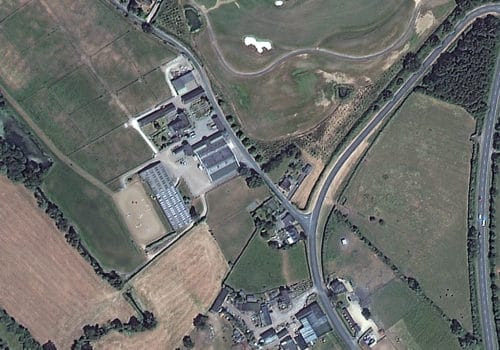
Satellite imagery has become one of the most powerful tools for understanding our world, capturing every detail of Earth from